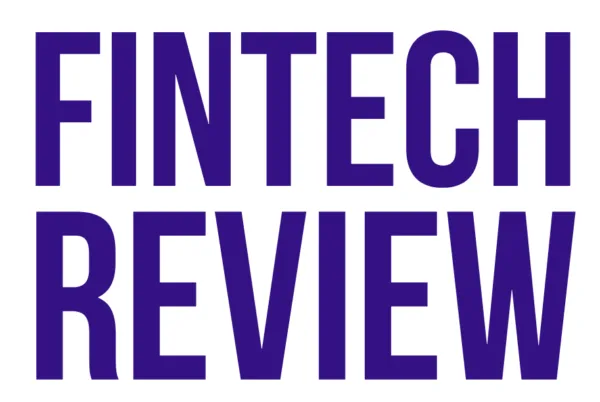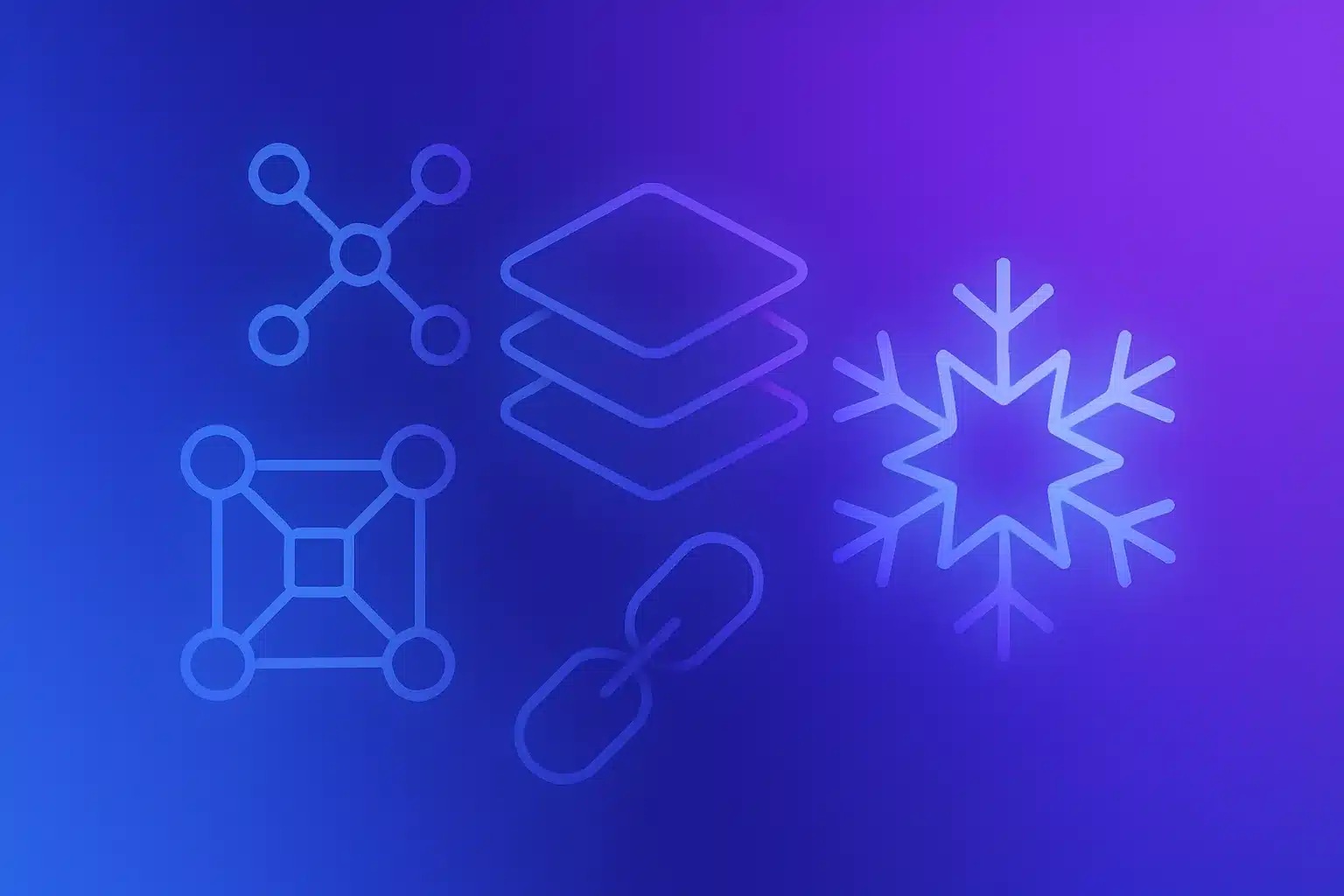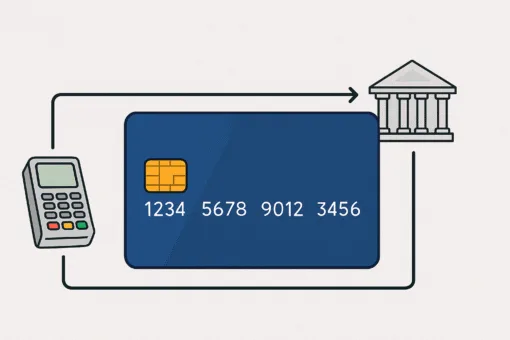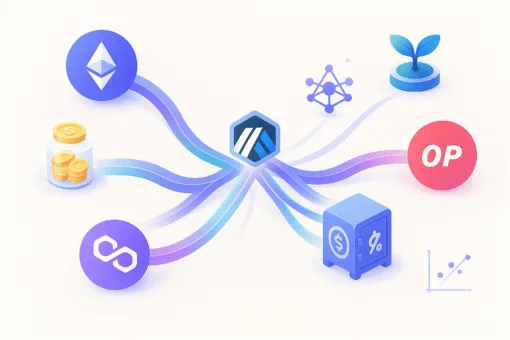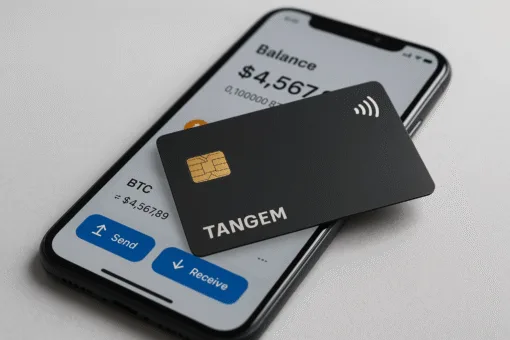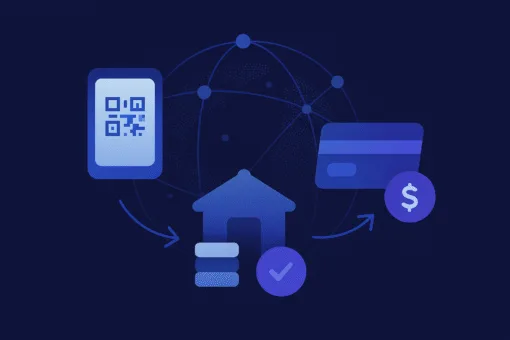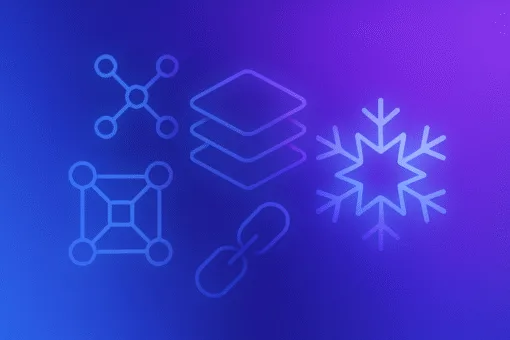Blockchain technology has entered a new phase of maturity. Early platforms like Bitcoin proved the concept of decentralised value transfer. Ethereum took things further by introducing smart contracts and programmable money. Yet, both struggled with scalability, high fees, and slow transaction speeds during periods of peak demand. Into this environment came Avalanche, a blockchain network launched in 2020 with a clear ambition: to create a high performance, low cost, and modular foundation for the next generation of decentralised applications.
Avalanche has quickly established itself as one of the most innovative layer one blockchains. It combines a unique consensus mechanism with a multi-chain architecture and a focus on interoperability. These design choices make Avalanche particularly attractive for developers building applications in DeFi, NFTs, gaming, and enterprise use cases. This review explores the origins of Avalanche, its technical architecture, its ecosystem, and its strengths and weaknesses in a highly competitive landscape.
Origins and Vision
Avalanche was developed by Ava Labs, a company founded by Cornell University professor Emin Gün Sirer alongside Maofan “Ted” Yin and Kevin Sekniqi. The academic background of its founders shaped its technical design. Rather than imitating existing proof of stake systems, Avalanche introduced a new family of consensus protocols known as the Snow protocols. These were built around the idea of probabilistic sampling, allowing validators to agree on the state of the network quickly without requiring the heavy communication overhead of earlier blockchains.
From its inception, Avalanche positioned itself as a blockchain that could achieve high throughput, low latency, and strong decentralisation simultaneously. Its founders also emphasised modularity. They wanted Avalanche to serve not just as a single chain but as a platform where multiple blockchains could coexist, each tailored to specific needs.
Multi Chain Architecture
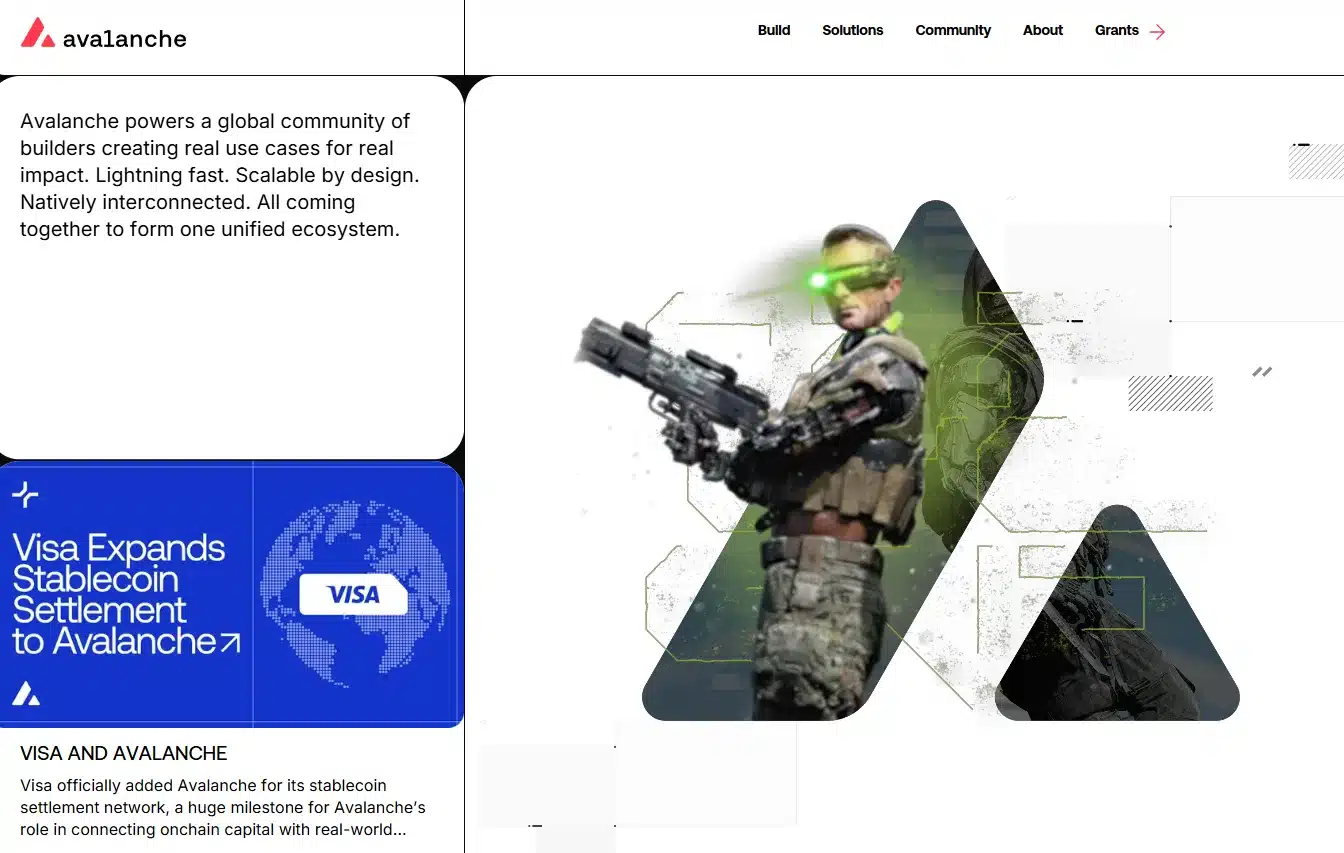
One of Avalanche’s defining features is its multi chain architecture. Rather than relying on a single chain to handle all functions, Avalanche separates them across three primary chains.
- The Exchange Chain (X Chain) manages the creation and transfer of digital assets, including Avalanche’s native AVAX token.
- The Contract Chain (C Chain) is an Ethereum Virtual Machine compatible chain where developers can deploy smart contracts and decentralised applications.
- The Platform Chain (P Chain) coordinates validators, handles staking, and manages the creation of subnets.
By dividing responsibilities, Avalanche avoids the bottlenecks that can arise when a single chain attempts to handle everything. Each chain is optimised for its function, allowing the network to process thousands of transactions per second while keeping fees low.
Subnets and Modularity
The concept of subnets is at the heart of Avalanche’s scalability strategy. A subnet is a dynamic set of validators that work together to achieve consensus on one or more blockchains. Developers and enterprises can create their own subnets, tailoring rules, tokenomics, and governance models to their specific needs.
For example, a gaming company can launch a private subnet optimised for in-game transactions, while a financial institution can create a permissioned subnet that complies with regulatory requirements. Subnets can run their own virtual machines and define custom logic, making Avalanche one of the most flexible blockchain ecosystems currently available.
This modularity means that activity in one subnet does not congest the entire network. It also allows for horizontal scaling, since new subnets can be created as demand grows.
Consensus Mechanism
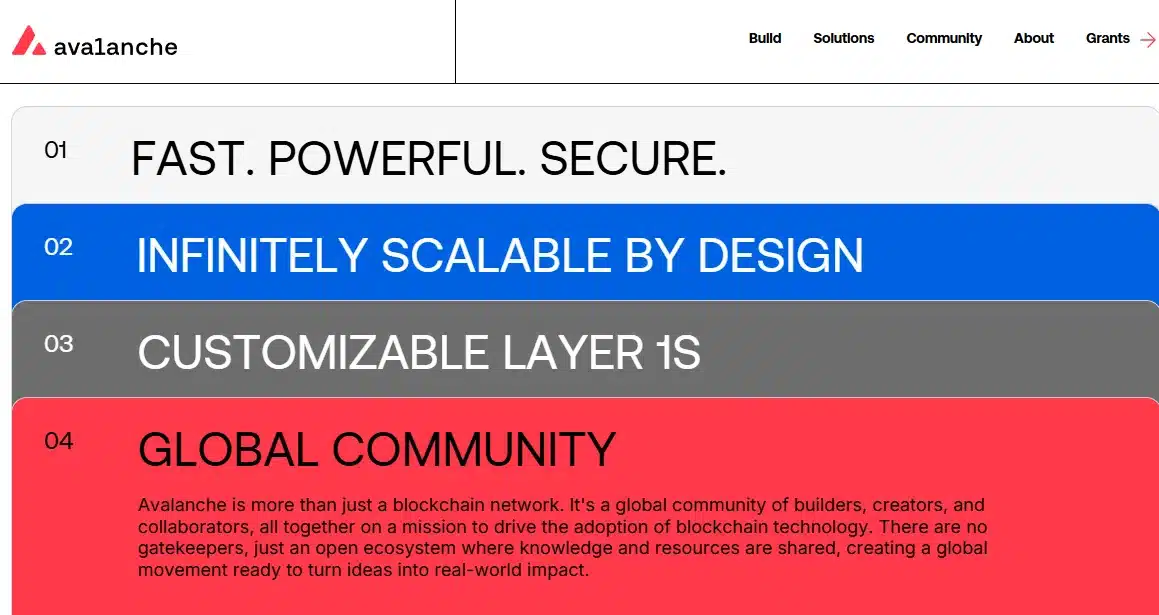
Avalanche’s consensus model is based on the Snow family of protocols. Unlike traditional proof of stake systems, which often require all validators to communicate with one another, Avalanche uses repeated random sampling. Validators check with a small, randomly chosen group of peers to confirm transactions. Over multiple rounds, consensus emerges quickly and securely.
This approach provides two critical advantages. First, it allows the network to achieve near instant finality, often under two seconds. Second, it enables the system to process thousands of transactions per second without compromising decentralisation. In practice, this makes Avalanche one of the fastest and most efficient blockchains in operation today.
Performance and Efficiency
Avalanche consistently demonstrates strong performance metrics. Transactions are confirmed in seconds, and fees remain low even during periods of high demand. This efficiency has made it a popular choice for DeFi applications, where speed and cost directly affect user experience.
The network’s compatibility with the Ethereum Virtual Machine is another advantage. Developers familiar with Ethereum can easily deploy applications on Avalanche without needing to learn new programming languages. This reduces barriers to entry and has helped Avalanche build a large and active developer community in a relatively short time.
Ecosystem and Adoption
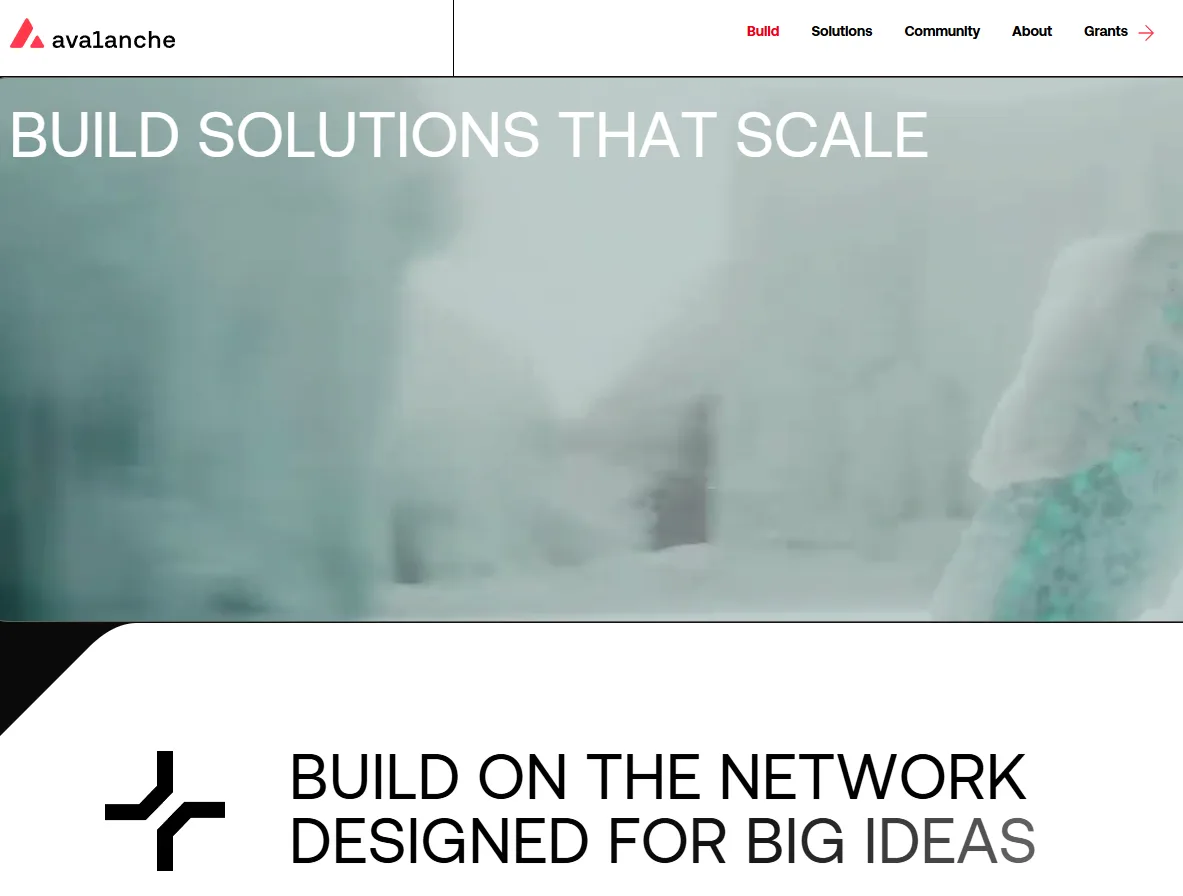
Avalanche has grown into a diverse ecosystem that includes DeFi platforms, NFT marketplaces, blockchain games, and enterprise solutions. Its C Chain hosts major DeFi applications such as Trader Joe and Aave. The network has also attracted gaming projects and NFT collections that benefit from low fees and fast finality.
Institutional interest has been equally important. Avalanche has partnered with organisations exploring enterprise and government use cases. Its modular subnet design makes it attractive to institutions that require compliance with specific regulatory frameworks. By offering both public and private subnet options, Avalanche bridges the gap between decentralised innovation and real world requirements.
The AVAX token underpins the ecosystem. It is used for staking, transaction fees, and as the unit of account within the network. AVAX has consistently ranked among the top cryptocurrencies by market capitalisation, reflecting the market’s confidence in Avalanche’s long term potential.
Strengths and Weaknesses
Avalanche’s main strengths are clear.
- It combines high throughput with low fees and fast finality.
- Its modular architecture with subnets allows for customised blockchain deployments.
- EVM compatibility ensures developers can migrate applications from Ethereum with ease.
- The platform has a growing ecosystem that spans retail, gaming, and enterprise adoption.
Yet, there are limitations as well.
- Although the Snow consensus protocols are highly efficient, academic research has identified theoretical vulnerabilities under extreme adversarial conditions. While these issues are largely theoretical, they highlight the need for continued research and refinement.
- Avalanche’s developer ecosystem, while growing, is still smaller than Ethereum’s and lacks the same breadth of tooling.
- Competition in the layer one space is intense. Solana, Near, Polkadot, and Ethereum’s scaling upgrades all vie for developer attention.
- Enterprise adoption is still emerging, and Avalanche must continue to prove itself with high profile, real world deployments.
Competitive Positioning
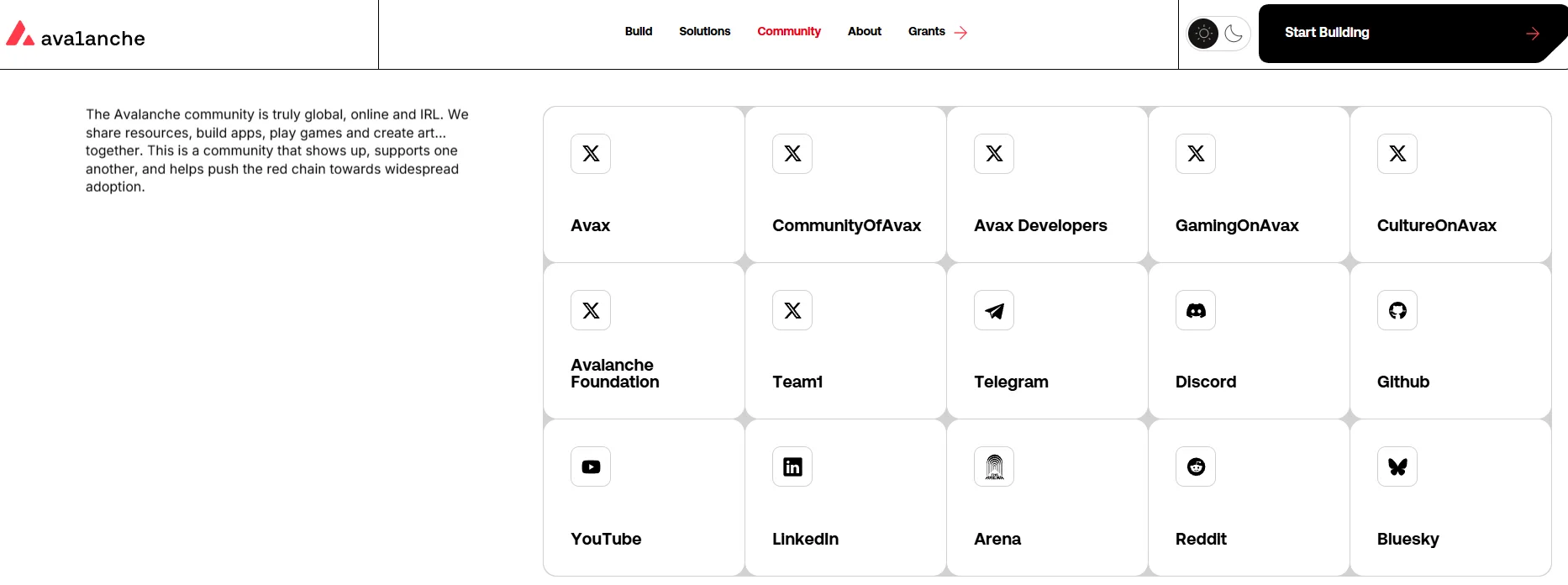
Avalanche’s position in the blockchain landscape is defined by its unique combination of modularity, performance, and interoperability. Compared to Solana, it sacrifices some raw speed but offers more flexibility through subnets. Compared to Polkadot, it achieves interoperability through a different mechanism and focuses more on performance than on cross chain messaging. Against Ethereum, it cannot yet match network effects but offers lower fees and faster settlement.
This competitive positioning makes Avalanche a compelling choice for developers who need both speed and customisation. It may not yet displace Ethereum as the dominant smart contract platform, but it provides a strong alternative for projects seeking performance and flexibility.
Who Should Consider Avalanche
Avalanche is well suited for developers building decentralised finance applications, gaming platforms, NFT marketplaces, or enterprise solutions that demand fast, low cost transactions. Institutions exploring private or permissioned blockchains can benefit from the subnet model.
It may be less suitable for projects that require the largest possible developer community or that rely heavily on existing Ethereum network effects. Avalanche is also still proving its resilience at global scale, so projects that prioritise stability above all else may prefer more established platforms.
Future Outlook
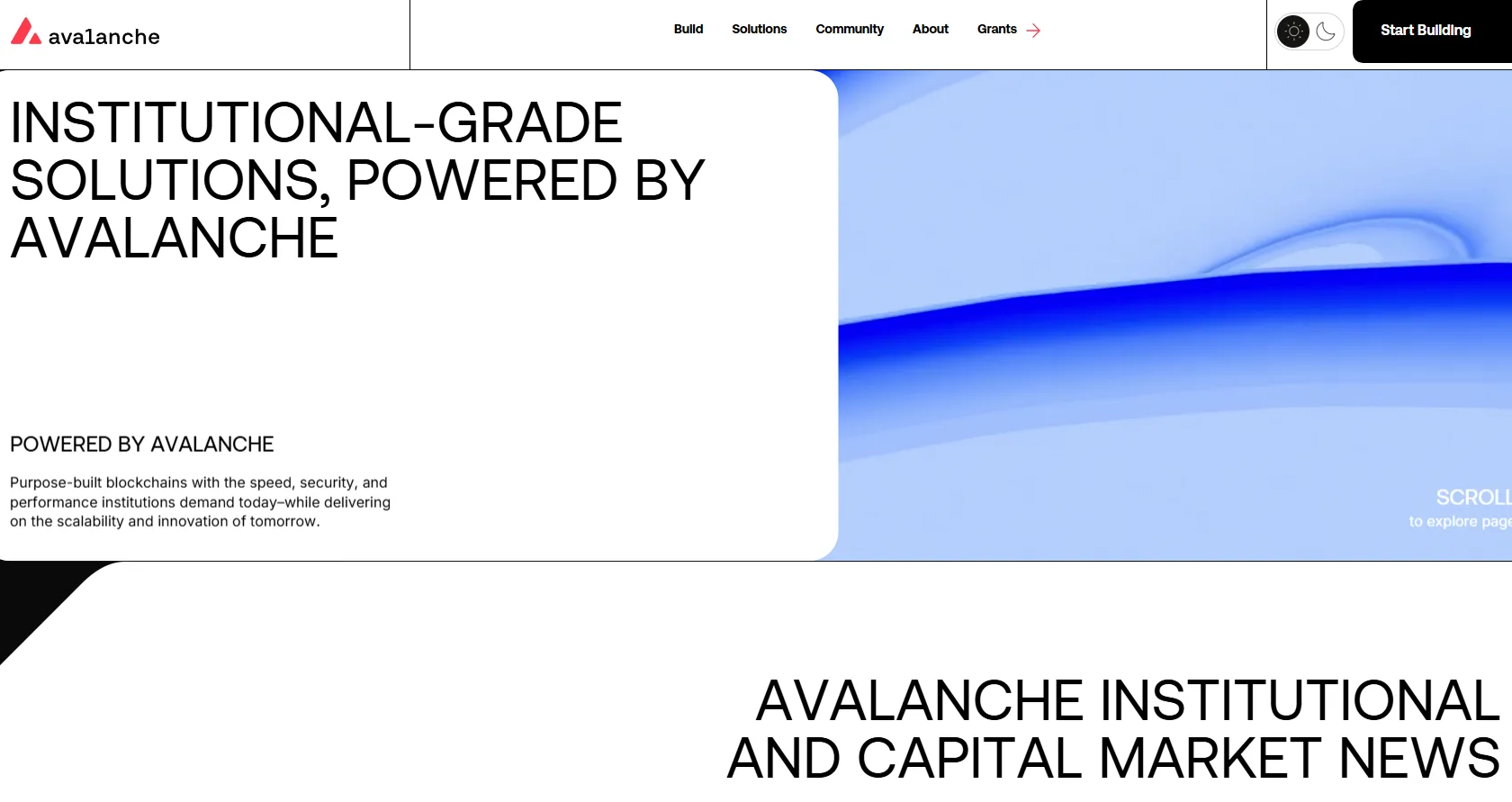
Avalanche’s roadmap is focused on scaling its subnet architecture, improving developer tools, and expanding enterprise partnerships. Initiatives such as the Avalanche9000 upgrade aim to enhance performance further. At the same time, partnerships with technology providers and institutions indicate a growing focus on real world applications.
The key challenge for Avalanche is to maintain cohesion as its ecosystem expands. With multiple subnets operating simultaneously, developers and users must not feel fragmented. Ensuring interoperability and shared standards will be essential for long term success.
Conclusion
Avalanche has emerged as one of the most promising layer one blockchains. Its multi chain architecture, novel consensus protocols, and flexible subnet model provide a unique foundation for scalable and customizable blockchain solutions. With strong performance metrics, EVM compatibility, and a growing ecosystem, it offers both developers and institutions a compelling platform for Web3 innovation.
There are still hurdles to overcome, particularly around ecosystem maturity and developer tooling, but Avalanche has already proven itself as a credible alternative to Ethereum and other high performance blockchains. For projects seeking speed, flexibility, and the ability to tailor blockchain infrastructure to specific needs, Avalanche represents one of the most innovative options available today.
